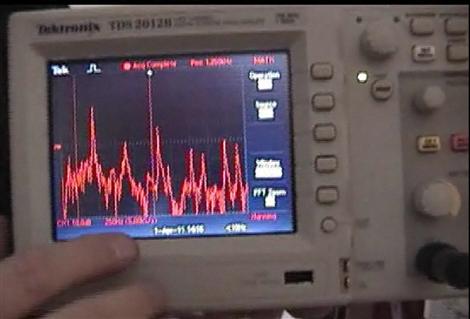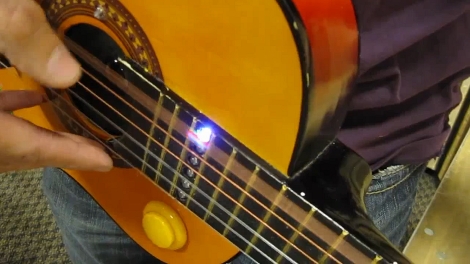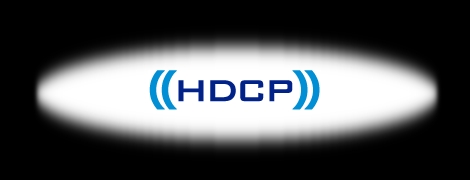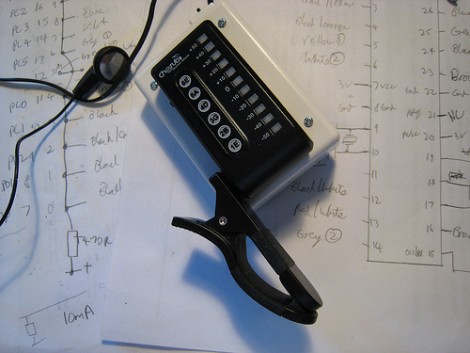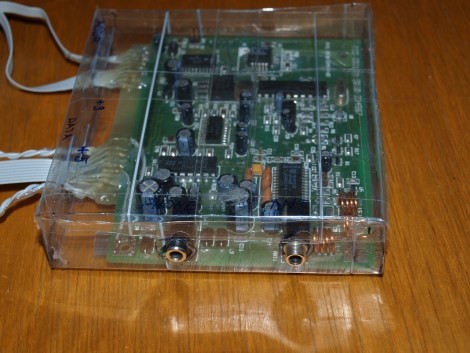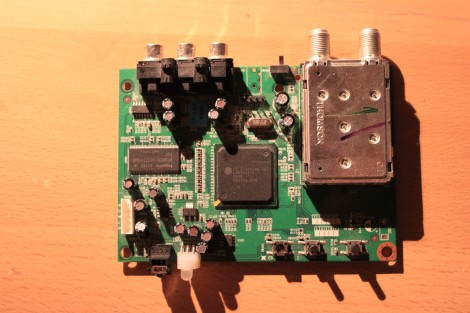
Back when broadcast television was first switching over from analog to digital most people needed to get a converter box to watch DTV broadcasts. Remember that abomination that was “HD-Ready”? Those TVs could display an HD signal, but didn’t actually have a digital tuner in them. Nowadays all TVs come with one, so [Craig] found his old converter box was just gathering dust. So he cracked it open and reverse engineered how the DTV hardware works.
The hardware includes a Thompson TV tuner, IR receiver for the remote control, and the supporting components for an LGDT1111 SoC. This is an LG chip and after a little searching [Craig] got his hands on a block diagram that gave him a starting place for his exploration. The maker of the converter box was also nice enough to include a pin header for the UART. It’s populated and even has the pins labeled on the silk screen. We wish all hardware producers could be so kind. He proceeds to pull all the information he can through the terminal. This includes a dump of the bootloader, readout of the IR codes, and much more.

